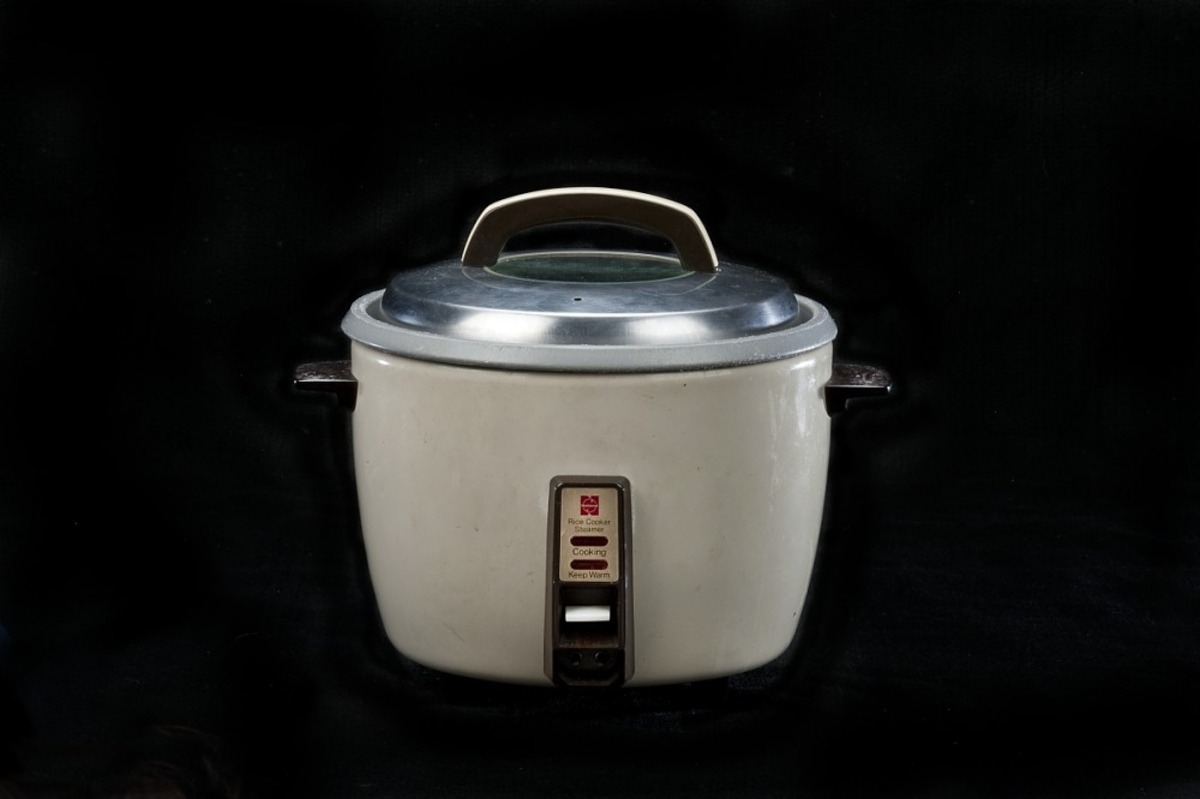

Articles
When Was The Rice Cooker Invented
Modified: March 25, 2024
Discover the fascinating history of the rice cooker and learn when this beloved kitchen appliance was first invented. Explore our articles on the origins and evolution of rice cookers.
(Many of the links in this article redirect to a specific reviewed product. Your purchase of these products through affiliate links helps to generate commission for Storables.com, at no extra cost. Learn more)
Introduction
The invention of the rice cooker revolutionized the way rice is cooked and enjoyed around the world. This humble kitchen appliance has a rich history, tracing back centuries to early innovations in rice cooking. Today, the modern rice cooker has become an essential kitchen gadget for many households, simplifying the cooking process and delivering perfectly cooked rice every time.
But when exactly was the rice cooker invented? Let’s delve into the fascinating history of this culinary invention, exploring its early innovations, the birth of the modern rice cooker, its popularization, and the advancements that have brought us to the convenient and feature-packed rice cookers of today.
Key Takeaways:
- The invention of the rice cooker revolutionized rice cooking, evolving from ancient methods to the birth of the modern rice cooker in the 1950s, offering convenience, versatility, and consistently perfect results.
- Modern rice cookers boast a wide array of features, including fuzzy logic technology, multiple cooking settings, smart technology, and safety features, making them indispensable appliances in contemporary kitchens worldwide.
Read more: When Was The Slow Cooker Invented
Early Innovations in Rice Cooking
The history of rice cooking can be traced back thousands of years, with various methods and tools used to cook rice across different cultures. In ancient times, rice was typically cooked in pots over an open flame, requiring constant attention and manual adjustment of temperature.
However, as technology advanced, so did the methods of rice cooking. One of the earliest innovations was the development of the kamado, a traditional Japanese clay pot that allowed for more efficient and controlled cooking of rice. The kamado utilized a double-lid design and a porous inner lid to retain heat and moisture, resulting in evenly cooked rice.
In China, the development of the firewood steamer during the Tang Dynasty provided a way to steam rice rather than boiling it. Steaming rice not only preserved its nutrients but also resulted in a fluffier texture. This method was later adopted in various Asian countries, including Japan, Korea, and Thailand.
Another notable innovation in rice cooking was the introduction of the automated steam-powered rice pot by a Japanese inventor named Yoshitada Minami in the late 19th century. This steam-powered cooker incorporated a pressure release valve, which allowed for more precise cooking times and better consistency.
While these early innovations in rice cooking certainly improved the efficiency and quality of rice preparation, they still required manual monitoring and adjustments. The true breakthrough came with the birth of the modern rice cooker, which completely revolutionized the way rice is cooked.
The Birth of the Modern Rice Cooker
The modern rice cooker as we know it today emerged in the early 1950s, thanks to the pioneering work of Japanese companies such as Toshiba and Mitsubishi. These companies recognized the need for a kitchen appliance that could simplify the rice cooking process and produce consistently delicious results.
The first generation of modern rice cookers featured a simplistic design, consisting of a single heating element and a mechanical timer. Users would measure the desired amount of rice and water, place it in the cooker, set the timer, and wait for the rice to be cooked to perfection. This eliminated the need for constant monitoring, allowing users to focus on other tasks while the rice cooked.
However, early rice cookers were not without their flaws. The mechanical timers often resulted in unevenly cooked rice, with some portions being overcooked or undercooked. This led to further advancements in technology to overcome these challenges and improve the overall functionality of the rice cooker.
In the 1960s, companies like Hitachi and National (now known as Panasonic) introduced the use of computerized microprocessors in rice cookers. This allowed for more precise temperature control and cooking algorithms, ensuring a more consistent and uniform result every time. The microprocessors also introduced features like automatic shut-off, keeping the rice warm after cooking, and even offering different cooking settings for different types of rice.
As time went on, rice cookers continued to evolve, incorporating additional features and innovations. Non-stick inner pots made cleaning easier, while the introduction of fuzzy logic technology in the 1980s allowed rice cookers to adjust the cooking time and temperature based on the moisture content of the rice, resulting in even better results.
Today, modern rice cookers boast a wide array of features, such as programmable timers, multiple cooking settings for different types of rice, keep-warm functions, and advanced sensors that can detect the amount of water needed for perfect results. Some high-end models even offer induction heating technology, which provides precise control over the cooking process.
The birth of the modern rice cooker marked a significant milestone in the culinary world, making rice cooking easier, more convenient, and yielding consistently delicious results. From its humble beginnings as a basic timer-controlled appliance, the rice cooker has evolved into a sophisticated kitchen gadget that is a staple in households around the globe.
The rice cooker was invented in Japan in the 1950s by a company called Toshiba. It was originally designed for commercial use but later became popular for home cooking.
Popularization and Advancements in Rice Cookers
As the modern rice cooker continued to evolve, it gained popularity not only in Japan but also in other Asian countries and eventually made its way to kitchens around the world. The convenience and ease of use offered by rice cookers played a significant role in their widespread adoption.
In the 1970s, Japanese manufacturers began exporting rice cookers internationally, introducing people from different cultures to this innovative kitchen appliance. They adapted the rice cookers to meet the needs and preferences of various markets, offering models with different capacities, voltage requirements, and plug types.
Over the years, rice cooker brands from around the world have emerged, catering to the specific tastes and preferences of different regions. This has led to advancements and customization options to suit various types of rice and cooking styles.
One notable advancement in rice cookers is the introduction of multi-functionality. In addition to cooking rice, modern rice cookers now include additional settings to steam vegetables, cook soups, stews, and even bake cakes. This versatility has made rice cookers an indispensable tool in the kitchen, providing a convenient and efficient way to prepare a wide range of dishes.
Moreover, advancements in technology have led to the incorporation of smart features in rice cookers. Some high-end models can be controlled remotely using smartphone apps, allowing users to start or adjust the cooking process from anywhere. These smart rice cookers can also provide recipe recommendations and cooking tips, making the cooking experience even more convenient and enjoyable.
Another significant advancement in rice cookers is the focus on energy efficiency. Manufacturers have developed models that use less power while still delivering excellent cooking results. This not only helps to conserve energy but also reduces electricity costs for users.
Furthermore, eco-friendly materials are being used in the construction of rice cookers, ensuring their sustainability. Companies are adopting more sustainable practices in manufacturing, such as reducing packaging waste and utilizing recyclable materials.
With each passing year, advancements in technology continue to elevate the performance and functionality of rice cookers. From improved sensors and advanced cooking algorithms to innovative design features, these advancements aim to provide users with the best possible rice cooking experience.
As rice remains a staple food in many cultures, the popularity and demand for rice cookers continue to grow. The convenience, versatility, and precision offered by these modern appliances have made them an essential part of contemporary kitchens worldwide.
Modern Rice Cookers and their Features
Modern rice cookers have come a long way from their humble beginnings. Today, these kitchen appliances are equipped with a wide range of features that make cooking rice easier, more convenient, and enjoyable. Let’s explore some of the common features found in modern rice cookers.
Multiple Cooking Settings: Rice cookers now offer various cooking settings to accommodate different types of rice such as white rice, brown rice, sushi rice, or even mixed rice. These preset settings ensure that each type of rice is cooked to perfection, with the ideal texture and moisture level.
Fuzzy Logic Technology: Many modern rice cookers are equipped with fuzzy logic technology, which utilizes advanced algorithms to adjust the temperature and cooking time based on the type and amount of rice, as well as external factors such as room temperature and humidity. This ensures consistent and precise cooking results every time.
Keep Warm Function: One of the most convenient features of rice cookers is the keep warm function. After the rice has finished cooking, the rice cooker automatically switches to a keep warm mode, maintaining the optimal temperature and moisture level for the rice until it is ready to be served. This feature ensures that the rice remains warm and fresh, perfect for serving even if there is a delay in mealtime.
Delay Timer: Some rice cookers offer a delay timer feature that allows you to set a specific time for the cooking process to begin. This is particularly useful when you want to have freshly cooked rice ready at a specific time, such as for breakfast or when returning home from work.
Steamer Tray: Many rice cookers also come with a steamer tray, which allows you to steam vegetables, fish, or other ingredients while the rice cooks below. This convenient feature enables you to prepare a complete meal in one appliance, saving both time and energy.
Easy Cleaning: Cleaning a rice cooker can be a breeze, thanks to non-stick inner pots. These pots prevent rice grains from sticking to the surface, making it easier to clean and maintain the appliance. Some rice cookers even have removable inner pots that can be washed separately for added convenience.
Capacity Options: Rice cookers are available in various sizes and capacities to suit different household needs. From small models ideal for single individuals or couples to larger ones that can cater to larger families or gatherings, there is a rice cooker size for every situation.
Safety Features: Modern rice cookers are designed with safety in mind. They come equipped with features such as automatic shut-off, which turns off the heating element when the rice is cooked or when the water level is too low. This ensures that the rice cooker operates safely and minimizes the risk of accidents.
Smart Technology: Some high-end rice cookers are now equipped with smart technology, allowing you to connect them to your smartphone. This enables you to control the cooking process, adjust settings, and even access recipe suggestions and cooking tips from the convenience of your phone.
With these innovative features, modern rice cookers have become indispensable appliances in many kitchens. They not only simplify the rice cooking process but also offer versatility and convenience for preparing a variety of meals. Whether you’re a rice lover or simply looking for an efficient and reliable kitchen gadget, a modern rice cooker is sure to elevate your culinary experience.
Conclusion
The evolution of the rice cooker has transformed the way we cook and enjoy rice. From early innovations in rice cooking to the birth of the modern rice cooker, this appliance has undergone significant advancements to offer convenience, versatility, and consistently perfect results.
Early innovations in rice cooking, such as the kamado and firewood steamers, paved the way for more efficient and controlled methods of rice preparation. However, it was the introduction of the modern rice cooker in the 1950s that truly revolutionized rice cooking.
With its simplistic design and timer-controlled functionality, the early rice cookers provided a convenient way to cook rice without the need for constant monitoring. As technology advanced, microprocessors were integrated into rice cookers, allowing for more precise temperature control and multiple cooking settings.
The popularization of rice cookers extended beyond Japan, with different brands adapting to regional preferences and introducing customized features. Multi-functionality, smart technology, energy efficiency, and eco-friendly materials are among the advancements made in modern rice cookers.
Today, modern rice cookers offer an array of features such as multiple cooking settings, fuzzy logic technology, keep warm functions, delay timers, steamer trays, easy cleaning options, and various capacity options to suit different needs. These appliances also incorporate safety features and even smart technology, making rice cooking a hassle-free experience.
In conclusion, the invention and evolution of the rice cooker have significantly simplified and improved the way we prepare rice. No longer do we need to worry about undercooked or overcooked rice. With modern rice cookers, we can effortlessly achieve consistently delicious and perfectly cooked rice every time.
Whether you’re a rice enthusiast or someone who enjoys convenience in the kitchen, a modern rice cooker is a must-have appliance. Embracing the advancements in technology and innovative features of modern rice cookers allows us to elevate our culinary experience and enjoy the versatility and convenience these appliances offer.
So, the next time you savor a bowl of fluffy, perfectly cooked rice, remember the journey of the rice cooker and be grateful for this remarkable kitchen gadget that continues to make our lives easier and our meals more delightful.
Frequently Asked Questions about When Was The Rice Cooker Invented
Was this page helpful?
At Storables.com, we guarantee accurate and reliable information. Our content, validated by Expert Board Contributors, is crafted following stringent Editorial Policies. We're committed to providing you with well-researched, expert-backed insights for all your informational needs.
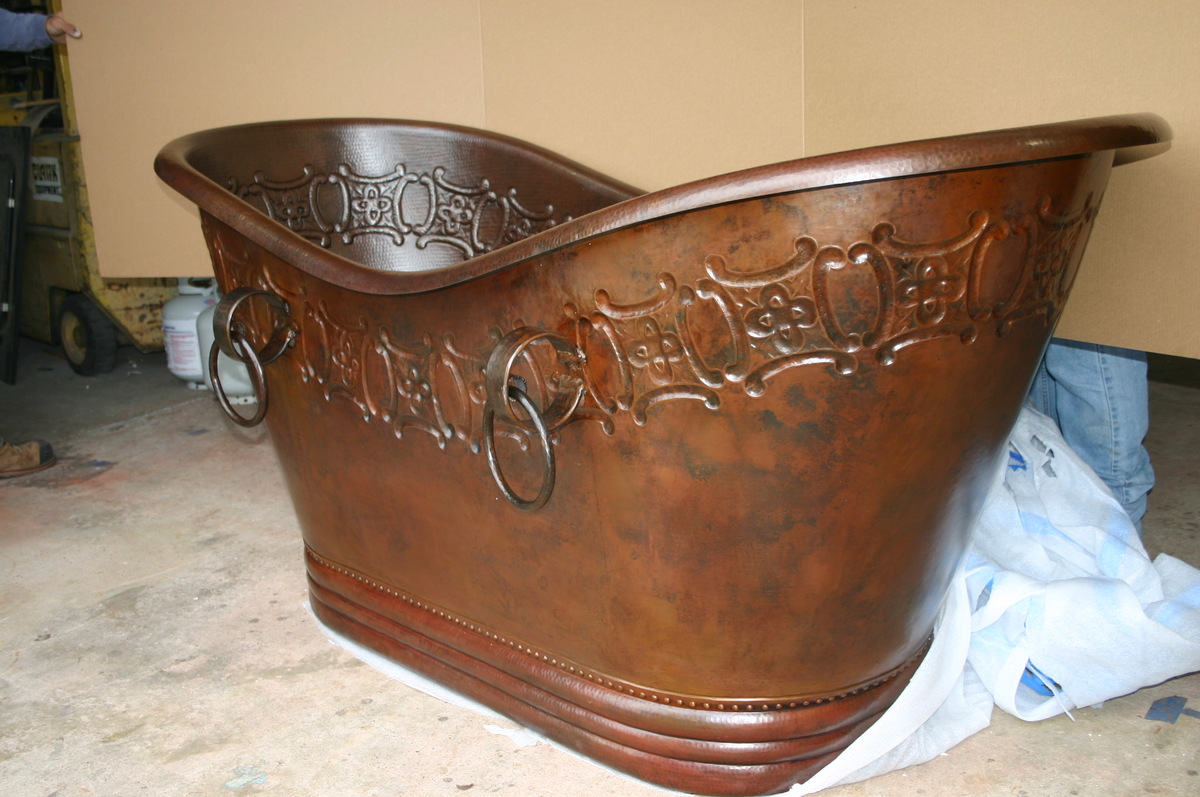

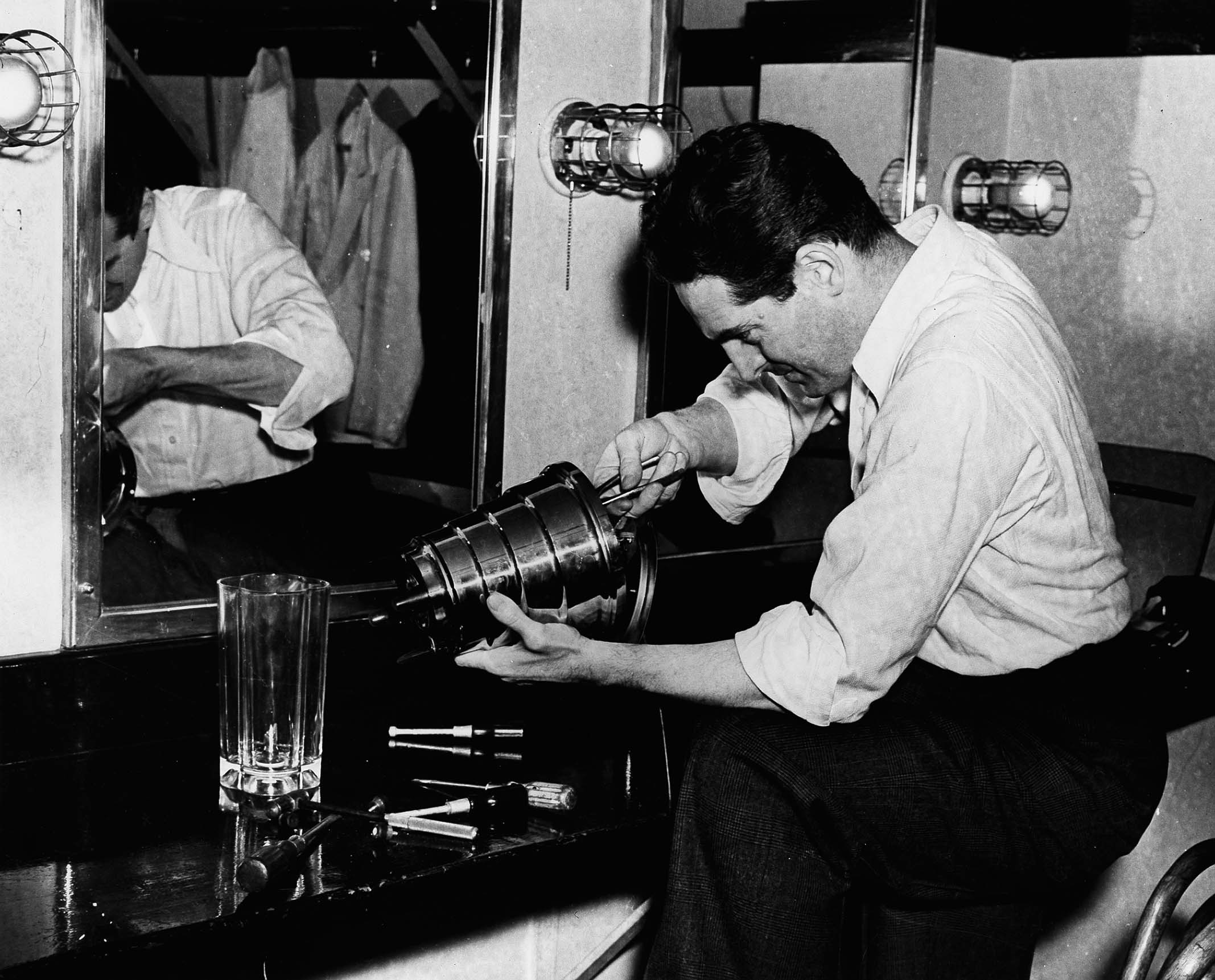






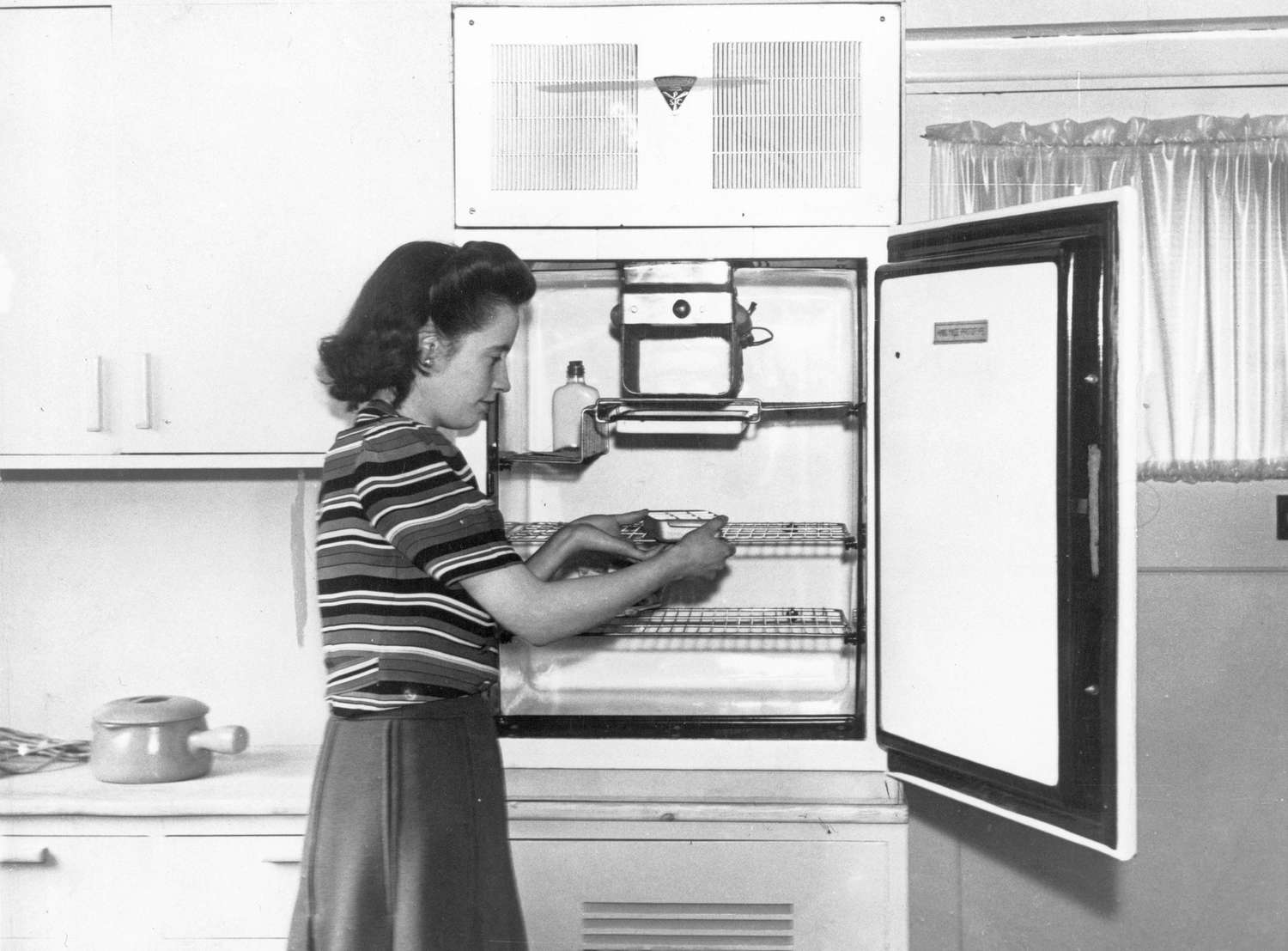


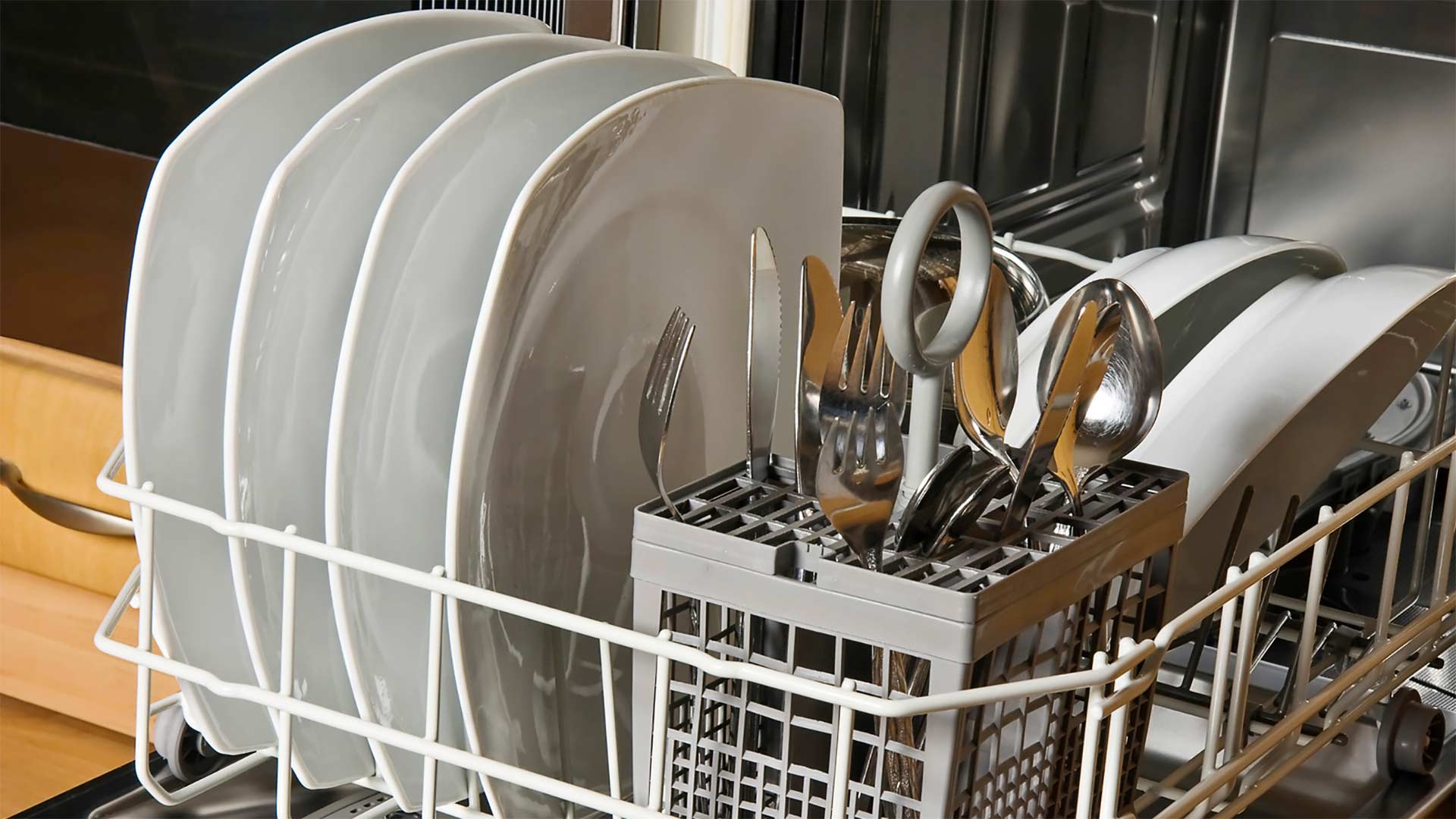
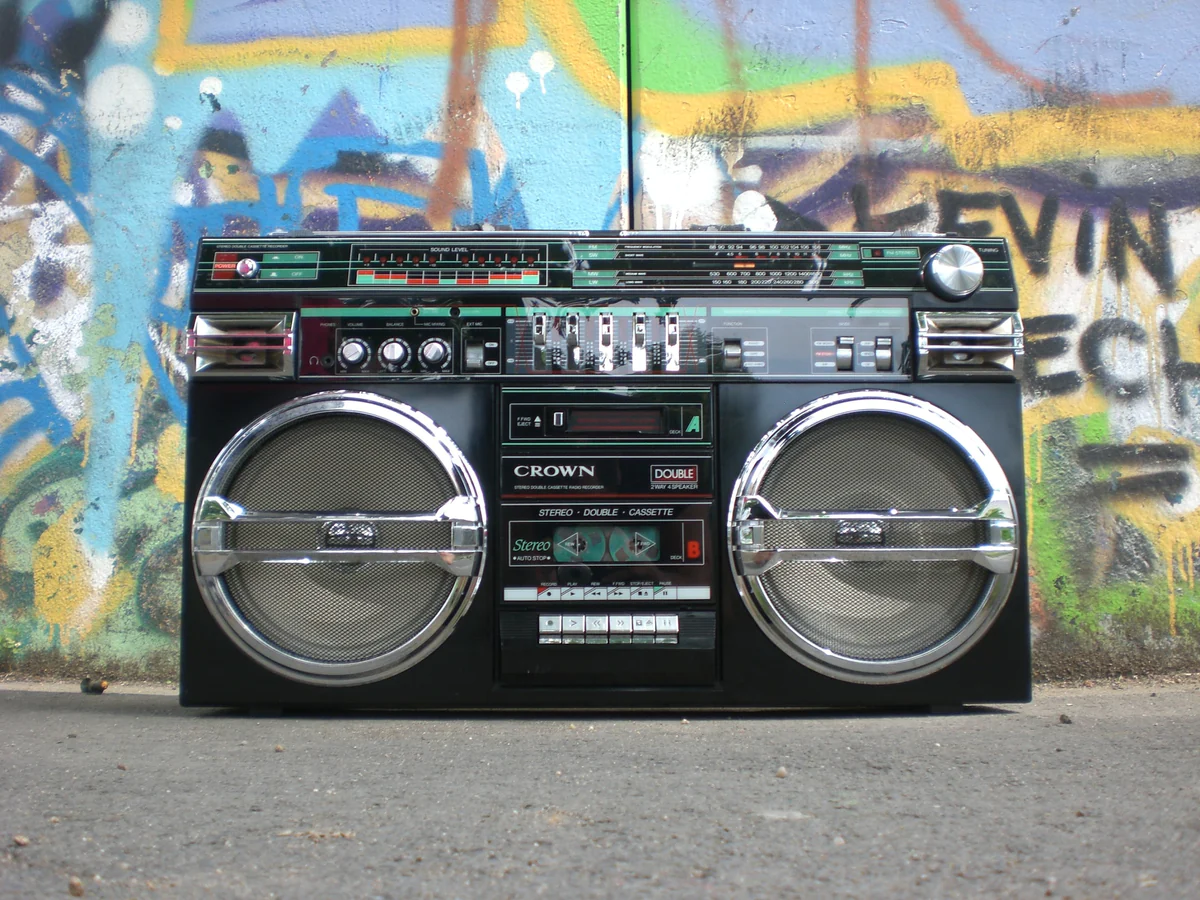

0 thoughts on “When Was The Rice Cooker Invented”